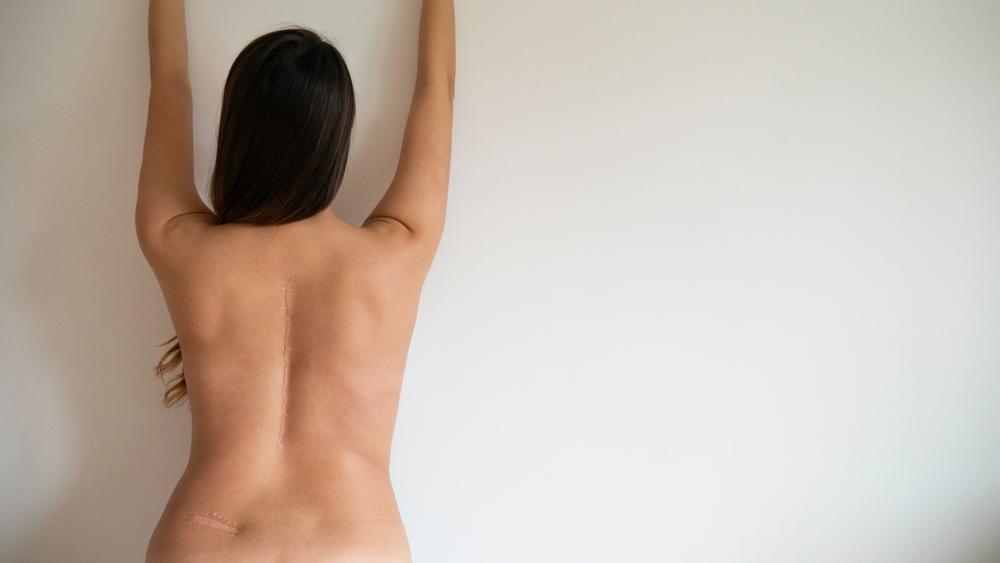The anterior scoliosis method approaches the spine’s front region, approaching the spinal cord through its body and discs to correct scoliosis curvatures. The vertebrae arch has a vital effect on a person’s ability to walk, breathe, and function properly. When severe scoliosis becomes a hazard to one’s health, anterior scoliosis surgery can be performed to correct this issue and resolve the body’s back to healthier positions. Anterior scoliosis surgery can be achieved through minimally invasive methods and open surgery methods and can be performed when posterior methods cannot be used for the patient.

Why Go Through the Anterior Region?
The anterior region of the spine, or front region, directly interacts with the spine’s primary body and its intact vertebral discs. Anterior surgery works by working in between the muscles when accessing this site instead of cutting the muscles to treat the spine. The anterior approach is commonly used for hip replacement surgeries. Many reported having an anterior hip replacement have reported fewer complications, including less post-operative pain and a faster recovery.
For patients with scoliosis, having a direct access point to the discs and vertebrae can improve spinal fusions’ success and avoid complications with cutting vital muscles, nerves, and other tissues that support the spine. The success of the anterior approach, however, highly depends on the person’s condition, how their nerves, muscles, and spine interact, and the surgeon’s proficiency with the surgical technique.
How is Anterior Scoliosis Surgery Performed?
Anterior scoliosis surgery is first performed by accessing the spine through the chest wall or abdomen and is generally served along the thoracic (middle section) or lumbar (lower area) of the spine. During the procedure, the person will be administered general anesthesia, and the surgeon will proceed with the following methods:
- A three-inch-long incision is first made along the chest wall or abdomen, depending on the spine’s curvature location. The lungs will be deflated to properly reach the spine, and ribs may be removed as part of the process.
- Disc material will be removed to increase the spine’s curve’s flexibility and provide a larger surface area for spinal fusion.
- Once the spine is prepared, the surgeon will perform the spinal fusion, fusing parts of the spine with orthopedic devices such as rods, screws, and compression devices along the spine’s body to correct the spinal deformity.
- Bone graft substitutes may help provide support for the spinal fusion, allowing the spine to recover from the removal of discs and other bone material removed during the surgery.
- The incision will then be closed once all parts of the fusion are secured. If accessed through the chest area, a chest tube will expand the lungs after surgery. Recovery from this surgery will take up to three months or longer, depending on the surgery’s extent.
Who Can Benefit from Anterior Scoliosis Surgery?
People with adult scoliosis may benefit from anterior scoliosis surgery if the condition has progressed enough to contribute towards other associated health problems, including osteoporosis and breathing problems. Scoliosis children may require surgery if their back has developed a curvature of over 40-45 degrees while their bodies are growing, and braces treatment has not resolved its symptoms.
All outcomes for anterior scoliosis surgery rely on establishing a relationship with your spinal care professional is crucial to the treatment’s success. For more information on anterior scoliosis surgery, please visit Dr. John Czerwein’s office in North Scituate, RI, to schedule an appointment.



